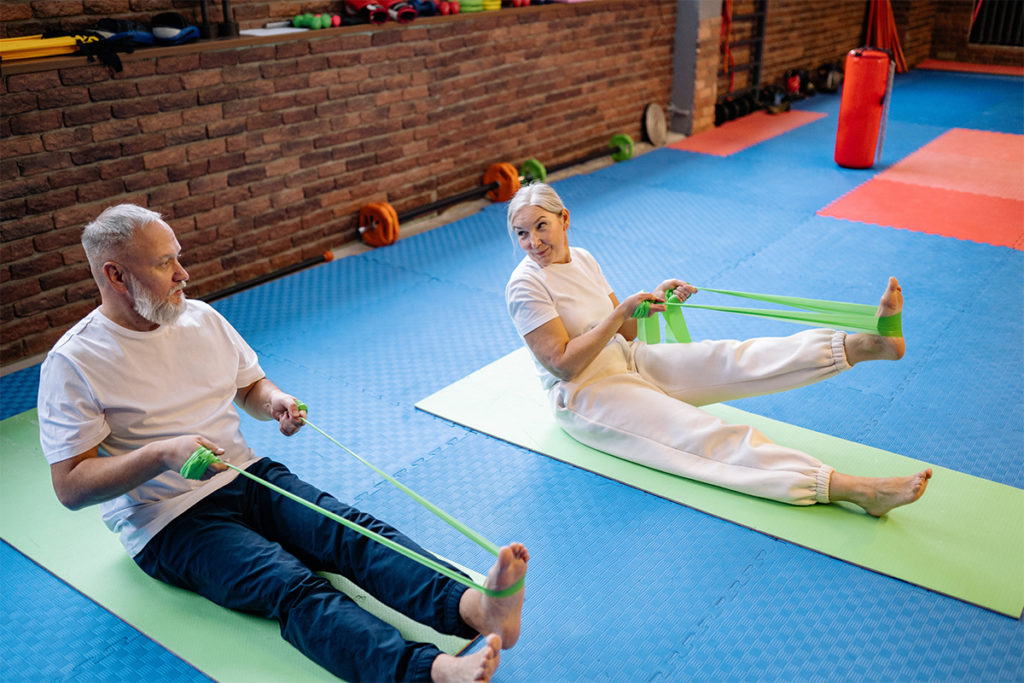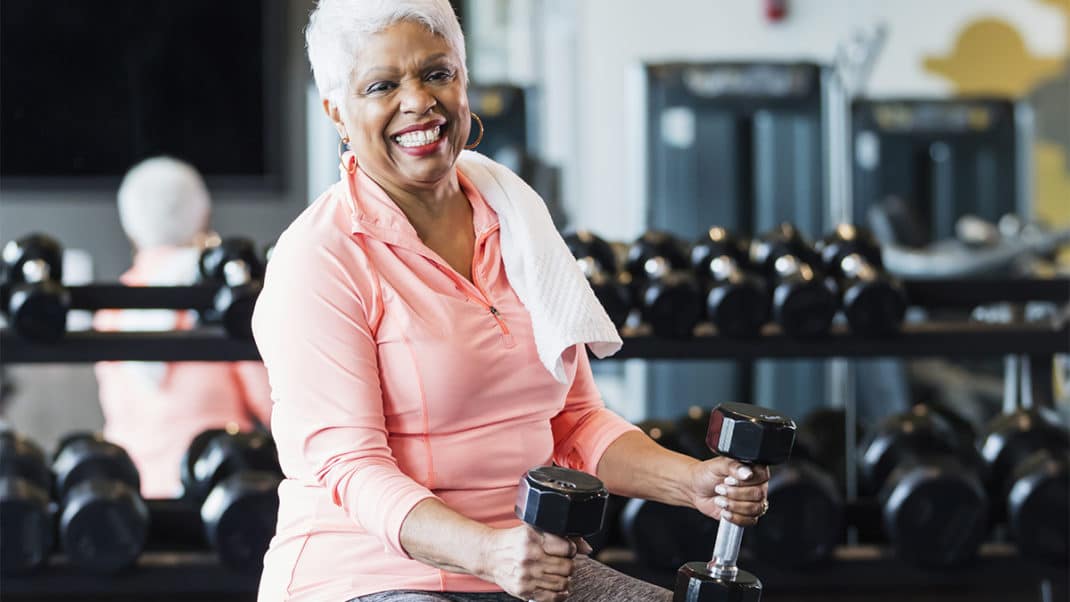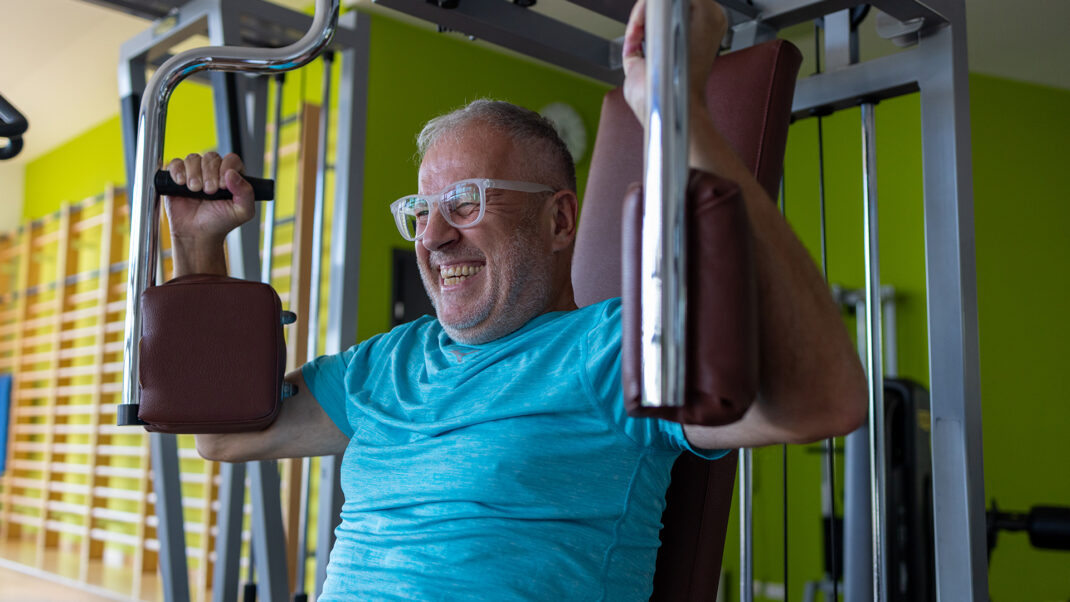Physical Activity in Later Life Still Beneficial
It’s never too late to start becoming more active in life, according to a heart study.

People with heart disease who have been consistently inactive may have a chance to make up for it. Increasing physical activity in later life can still benefit life expectancy in heart disease patients, according to research presented at the European Society of Cardiology Congress 2021.
The study from the University of Bern, Switzerland, included 33,576 patients with coronary heart disease from nine longitudinal cohorts. 34% of patients were women and the average age was 62.5 years.
Patients were separated into the following four groups according to their activity levels at both baseline and follow-up at a median of 7.2 years: inactive over time, active over time, increased activity over time, and decreased activity over time.
Physical activity was defined as 150 minutes a week of moderate intensity, 75 minutes a week of vigorous activity, or a combination. “Increased activity over time” was defined as moving from the inactive to the active category and “decreased activity over time” was defined as moving from the active to the inactive category.
Researchers examined the risks of all-cause death and death from cardiovascular disease among all four groups. Their review found that the risk of all-cause death was 50% lower in those who were consistently active over time, compared to those who were inactive over time. Similarly, the risk was 45% lower in those who were inactive but became active and began physical activity in later life. The risk was only 20% lower in those who had been active but then became inactive later.
The study yielded similar results for death caused by cardiovascular disease: compared to patients who were inactive, the risk for mortality was 51% lower among those who were consistently active and 27% lower for those whose who increased their physical activity in later life. No significant difference was reported for those who decreased their activity later.
The important takeaway? Even though maintaining an active lifestyle in adulthood was associated with the greatest longevity, physical activity in later life still significantly lowered the risk for mortality.
PhD student and study author, Dr. Nathalia Gonzalez, MD, explains, “Patients with heart disease can overcome prior years of inactivity and obtain survival benefits by taking up exercise later in life. On the other hand, the benefits of activity can be weakened or even lost if activity is not maintained. The findings illustrate the benefits to heart patients of being physically active, regardless of their previous habits.”
Guidance for Physical Activity in Later Life
More evidence is showing the importance of exercise for older adults, as research echoes these health benefits. Consider a study from the Frontiers of Physiology, for example, which shows that whole-body strength training just once a week for 6 months can reduce inflammation, lower blood pressure and blood sugar levels, and better overall well-being in healthy older adults.
So, how do you best incorporate exercise into the daily lives of older adult clients? An effective option is resistance training (always get a physician’s clearance before working with a client who has pre-existing conditions). In a review of the position stand on resistance training for healthy older adults from the National Strength and Conditioning Association (NSCA), exercise science professor Len Kravitz, PhD, explains that “muscle mass and strength interventions can minimize the deleterious effects of immobility, manage chronic disease, and improve physical functioning, psychological well-being and quality of life.”
According to the position statement, resistance training is beneficial and safe with proper instruction to ensure correct exercise technique. The suggested program design includes:
- resistance training 2–3 times a week;
- completing 2–3 sets per major muscle group with 2 minutes of rest between sets;
- 8–10 exercises, such as shoulder press, chest press, latissimus dorsi pulldown, biceps curl, triceps extension, lower-back extension, abdominal crunch, leg press (or quadriceps extension), leg curl and heel raise; and
- for beginners, starting with single-set training and progressing load intensity from low (<51% of one-repetition maximum) to moderate (51%–69% of 1-RM), and eventually, for some older clients, to high (70%–85% of 1-RM).
In addition to these basic guidelines, it is important to be aware of any cardiovascular risk factors your older clients may have to create the safest resistance training program. Always be sure older clients with unstable medical conditions consult with their physicians before starting a program.
If proper safety protocols are in place, then personal trainers can use resistance training to help their aging clients increase life expectancy and improve their wellness.
For more details on how to use the NSCA’s resistance guidelines for older adults, read the full article, “Resistance Training for Older Adults: New NSCA Position Stand.”
References
Antipolis, S. 2021. It’s never too late to get active. European Society of Cardiology. Accessed August 24, 2021: escardio.org/The-ESC/Press-Office/Press-releases/It-s-never-too-late-to-get-active.
Ihalainen, J.K., et al. 2019. Strength training improves metabolic health markers in older individual regardless of training frequency. Frontiers in Physiology, 10.
Sarah Kolvas
Sarah Kolvas is the content manager for IDEA.






